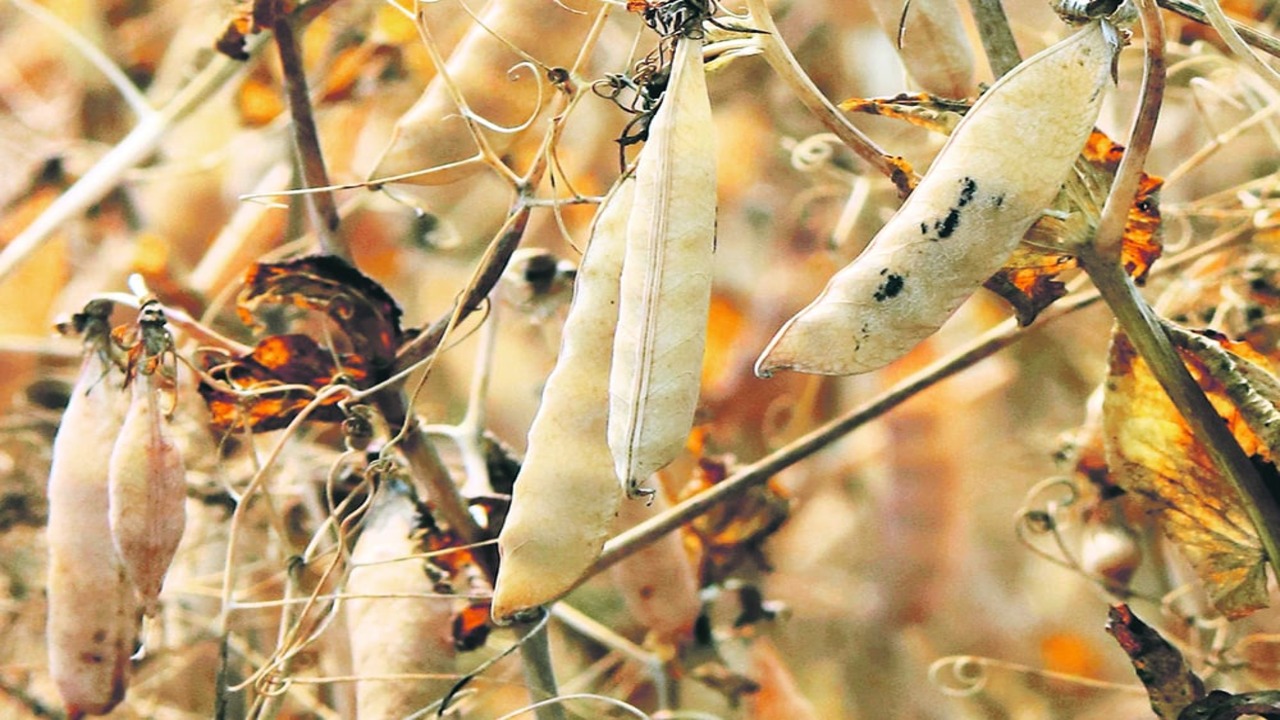The prospect of India relaxing its annual quota of 150,000 tonnes on pea imports has stirred discussions among market experts, particularly Vivek Agrawal, a broker with JLV Agro. Citing potential climate-related setbacks in India’s chickpea and lentil crops, Agrawal anticipates that the government might consider easing import restrictions to stabilize prices, especially as 2024 marks an election year.
Early-season concerns have arisen due to insufficient rainfall during the southwest monsoon in key pulse-growing states. Eastern Uttar Pradesh, a significant contributor to lentil production, experienced a 29 percent below-normal rainfall, impacting crop conditions. Post-monsoon precipitation from October 1 to November 28 remained below normal in crucial states, signaling potential challenges for chickpea and lentil cultivation.
While lentils predominantly grow in Madhya Pradesh and Uttar Pradesh, chickpeas have a more widespread cultivation pattern. Rahul Chauhan, an analyst with IGrain India, notes that chickpea planting is down compared to the previous year, partly due to the government’s substantial purchase of last year’s crop. As winter pulse seeding progresses, concerns grow about the impact of a looming El Nino in January, potentially exacerbating hot and dry conditions.
Agrawal speculates that if the chickpea crop faces shortages, the government might ease pea import restrictions, as yellow peas can serve as a substitute. Currently, there is a 150,000-tonne annual quota on pea imports, exclusively allowed through the Port of Kolkata. Agrawal suggests the potential relaxation of restrictions, envisioning increased import quotas of up to one million tonnes for millers.
However, Chauhan remains skeptical of such a scenario, indicating that the government would likely explore alternative measures before reducing pea import restrictions. Potential steps include releasing stocks into the market and reducing import duties on chickpeas. He emphasizes that easing pea import restrictions might only occur in the event of a natural calamity, an improbable scenario.
Agrawal highlights the promising demand for imported lentils, driven by consecutive pigeon pea crop failures in India. With 800,000 tonnes of lentil imports midway through the 2023-24 crop year, Agrawal foresees strong demand. Chauhan, while acknowledging the increased Indian lentil production due to higher planting in Madhya Pradesh, suggests that Canada might face tough competition from Australia’s consistently affordable red lentils, projecting a potential shift in the global lentil market.








